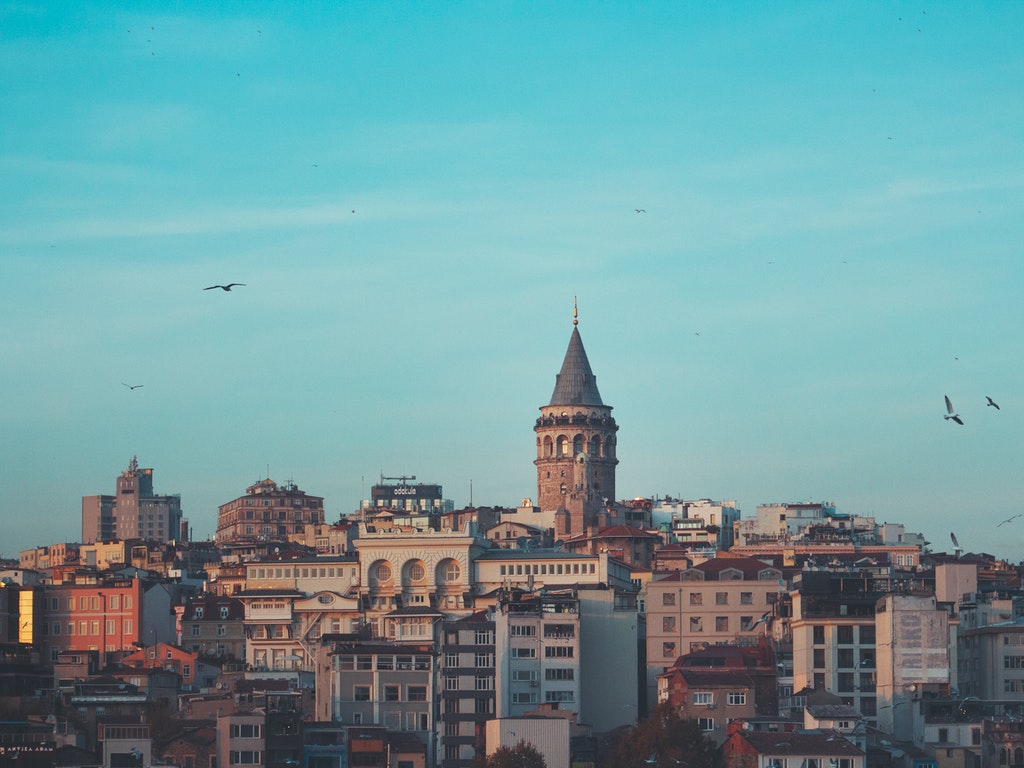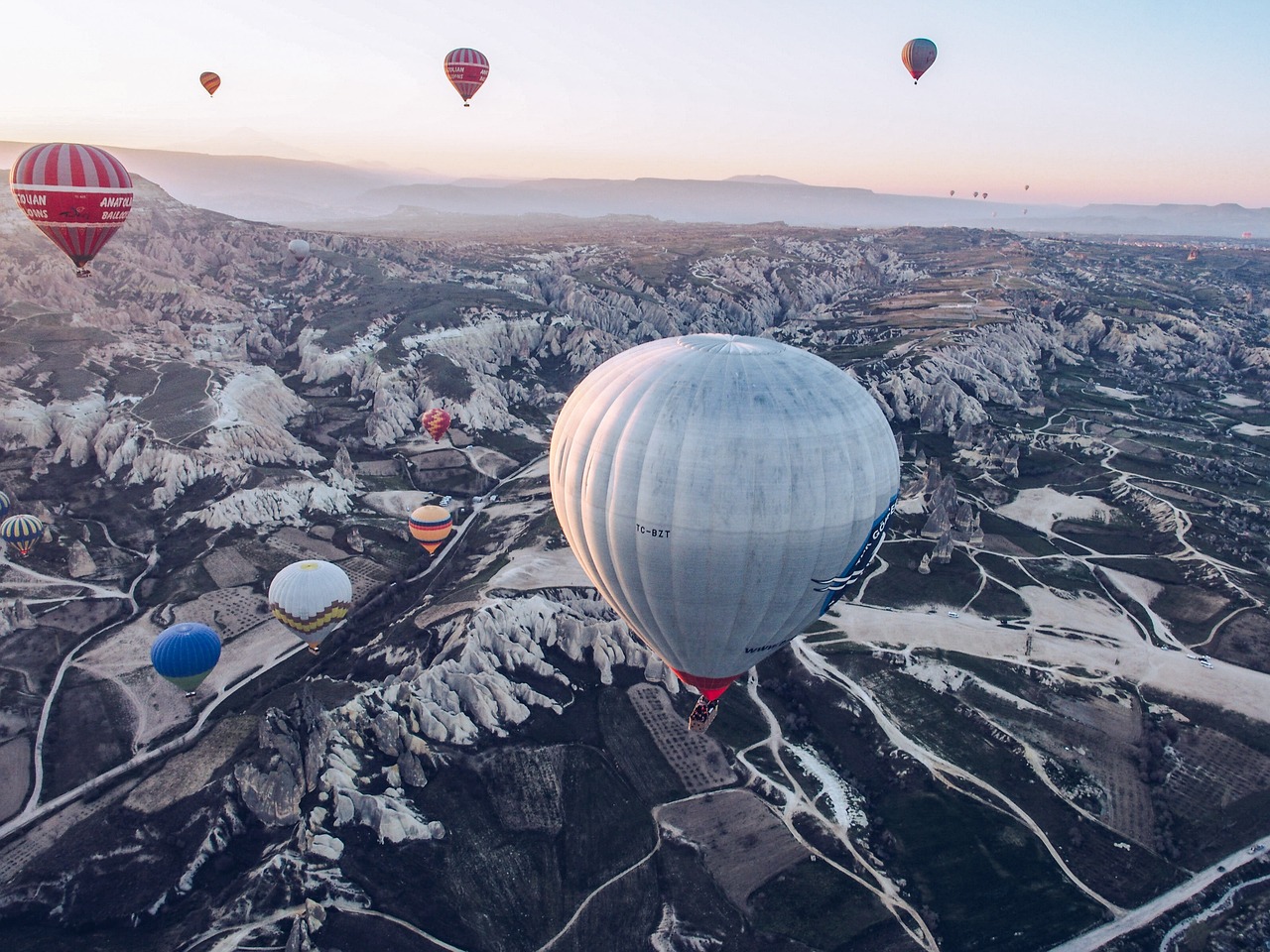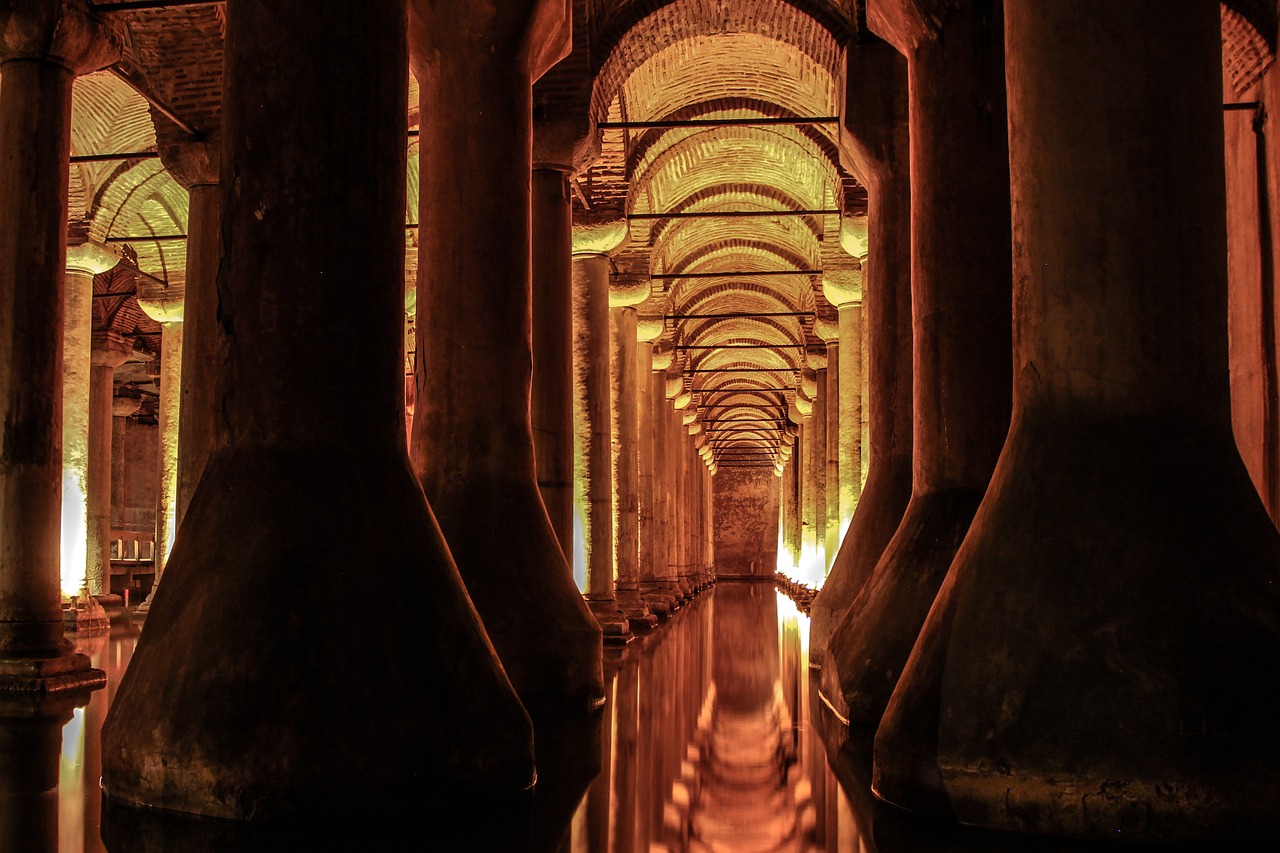Are you ready to discover the interesting places in Istanbul? If you are planning a trip to Turkey, know that you will fall in love with the beauty of Istanbul.

It’s, in fact, the only city in the world that is located between two continents, thus creating a fantastic mix of cultures and ways of life. Here are interesting places in Istanbul for you!
Grand Bazaar
The Grand Bazaar in Istanbul is the place for black belt shopping. With over 3,000 stores (though some say there are even 5,000), you’re spoiled for choice.
Don’t forget to haggle on the price, don’t be afraid to think you’ll look stingy because the shopkeepers of Istanbul have a culture of bargaining, and there is nothing strange about it.
You will notice that the bazaar is divided into sectors. There are so many shiny things that you will definitely want to buy them all. Get ready to empty your wallet!
Topkapi Palace
Behind Hagia Sophia, overlooking the Bosphorus, Topkapı Palace (Topkapı Sarayı) was the nerve center of Ottoman power for many years until the mid-19th century. The position on the sea reaffirmed the empire’s supremacy and served to control transit maritime traffic between the Black Sea and the Mediterranean.
Visiting the residence takes the whole day, so most tourists limit themselves (so to speak) to visiting the Harem and the Imperial Treasury. You should try to see every part of this palace.
Galata Tower
Galata Tower is located in Beyoğlu and looks like a tower from a fairy tale. There is actually something magical in its shape with a conical roof. It was built by the Genoese and is just under 70 meters high.
It’s surrounded by millions of tourists every year. Even if the queue costs money, it’s worth it: From the outer balconies at the top, you can enjoy breathtaking views of the city, the Golden Horn, and the Bosphorus.
Istiklal Street
Istiklal Street, the beating heart of Istanbul, is a 1,4 km long pedestrian street with most cafes, clubs, and restaurants. If you don’t want to do it all on foot, you can take the famous historical tram to go to Taksim Square, where the Cumhuriyet Monument is located.
Of course, it’s better to walk with 3 million visitors on foot. Each day the tram often swells before moving forward and may take longer than walking.
The Basilica Cistern (Yerebatan Sarnici)
The Basilica Cistern is the giant underground cistern in Istanbul. It was born as an underground basilica and was converted into a cistern by Justinian due to its need for water. The most impressive is 336 pillars supported by two heads of Medusa, one upside down and one rotated 90°.
The two heads are probably recycled pieces of another ancient monument. Another pillar is considered very important: It’s a pillar with tears in it and is said to have the power to grant wishes.
Spice Bazaar
The Spice Bazaar, smaller than the Grand Bazaar, is Istanbul’s second-largest covered bazaar. It’s also called the Mısır Çarşısı, and walking its streets is a purely sensory experience.
Perfumes, scents, colors, in short, you will stimulate all your senses to the maximum (even the taste given by the countless tastes to be presented to you). You will find almost every spice you can think of in the bazaar, dried fruit, tea leaves, Turkish coffee, and delicious Turkish desserts.
Hippodrome
Among Istanbul’s top places to visit, the Byzantine Hippodrome is special. The ancient hippodrome is nothing more than the heart of the current Sultan Ahmet Square and is therefore difficult to detect today.
Built on a 400-meter-long open space surrounding the Blue Mosque, it was the true center of Constantinople and the site of games and chariot races.
Prince Islands
If you have a long time to visit Istanbul and its surroundings, it’s impossible not to give up on the Islands tour. Located off the coast of Anatolia, in the heart of the Sea of Marmara, you can easily reach these places with a one-hour pass from Kadıköy. The Prince Islands are nine islands and were the former sultans’ favorite place for beach vacations.
But the most striking thing about these islands is the highly diverse vegetation. Laurel, oak, cherry, and hazelnut trees are mixed with typical Mediterranean maquis.








